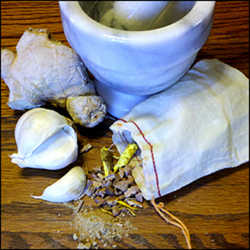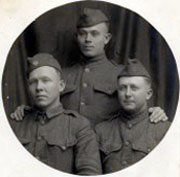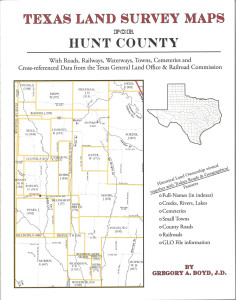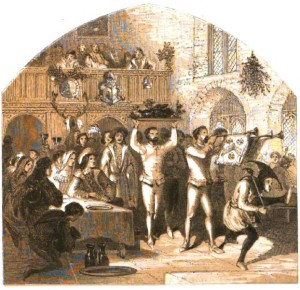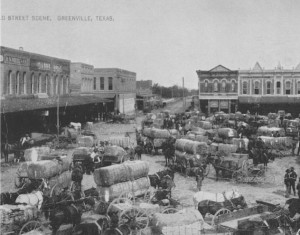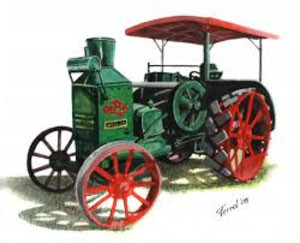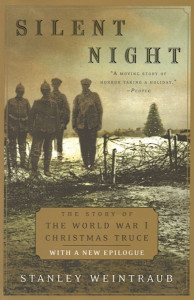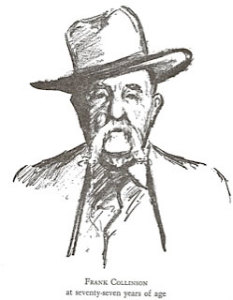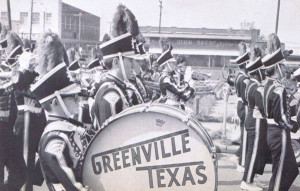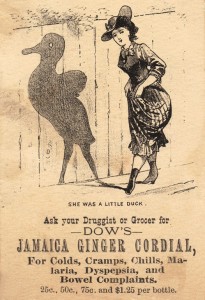
An advertising card for Jamaica Ginger Cordial, early 1900s, from vernacularshellac.files.wordpress.
Last week I wrote about home remedies and received wonderful comments about those days prior to World War II when vaccines were not available as a deterrent to dangerous, contagious diseases. This week we are going to examine a commonplace subject that often had more disastrous effects, especially when used on children.
Patent medicines and home remedies go hand in hand. Wikipedia defines patent medicines as compounds promoted and sold as medical cures that do not necessarily work as promoted. The name itself is a misnomer; patent medicines held no patent from the U. S. Patent Office but the name might be trademarked. Patent medicines are older than the United States. The concept began in Europe in the late 17th century when rulers commissioned so-called “alchemists” to create a cure for a certain medical problem.
Some of the patent medicines used in the 19th century are still on the market, but altered to pass FDA standards. An example is Lydia Pinkham’s Herb Medicine for Women that is still sold in some drugstores. In the era before the Pure Food and Drug Act of 1906, patent medicines could, and often did, contain opium, cocaine, alcohol, cannabis, and laudanum. All were used during the Civil War and only gradually did the addictive character of such ingredients become aware to the public. Sometimes, the drugs were sold as cough remedies or supplements for children with disastrous results.
During the 19th century patent medicines could be purchased in grocery/drug stores or from a traveling medicine show. Traveling Medicine Shows sold out of the back of their wagon. Handbills announced the coming of a particular show. There was usually a free show, maybe free medical consultation, and then the sale. The goods sold by Medicine Shows were usually homemade, sometimes in the back of the wagon. I hate to admit it but Cher’s “Gypsies, Tramps, and Thieves” has biased my opinion of traveling medicine shows.
The grocery or drug store usually had a wider variety of goods that were regionally or nationally distributed and used. Newspapers ran extensive ads touting the healing qualities of various potions. The names were fantastic. Kickapoo Indian Medicine Company featured a Native Americans on the label and purported to contain secret ingredients from the Kickapoo tribe. Ironically, the medicine was made in Connecticut while the tribe resided in Indian Territory.
One that was frequently sold in North Texas was Jamaica Ginger. With the passage of the Pure Food and Drug Act and the Prohibition movements in Texas, dealers selling Jamaica Ginger often found themselves in court with a fine for selling illegal alcohol. During federal Prohibition in the 1920s, the makers of Jamaica Ginger added a special ingredient tricresyl phosphate that changed it to a legal patent medicine. However, that secret ingredient caused chronic nerve damage leading to paralysis. Too much Jamaica Ginger led to a condition known as Jake-Leg and often death.

